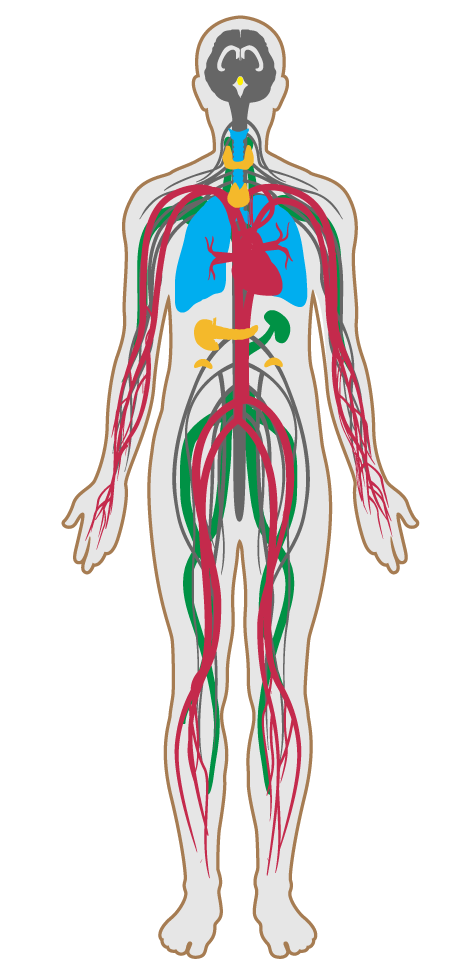Air quality standards
Features/Air/Feature 01
- 01 Air quality standards
- 02 Smoking ban
- 03 Ventilation effectiveness
- 04 VOC reduction
- 05 Air filtration
- 06 Microbe and mold control
- 07 Construction pollution management
- 08 Healthy entrance
- 09 Cleaning protocol
- 10 Pesticide management
- 11 Fundamental material safety
- 12 Moisture management
- 13 Air flush
- 14 Air infiltration management
- 15 Increased ventilation
- 16 Humidity control
- 17 Direct source ventilation
- 18 Air quality monitoring and feedback
- 19 Operable windows
- 20 Outdoor air systems
- 21 Displacement ventilation
- 22 Pest control
- 23 Advanced air purification
- 24 Combustion minimization
- 25 Toxic material reduction
- 26 Enhanced material safety
- 27 Antimicrobial activity for surfaces
- 28 Cleanable environment
- 29 Cleaning equipment
- P9 Advanced cleaning
Air quality standards
Intent:
To ensure a basic level of high indoor air quality.
BACKGROUND
Pollutants generated indoors can lead to a variety of symptoms and health conditions. Volatile organic compounds (VOCs), combustion byproducts and airborne particulate matter are known to trigger nausea, headaches, asthma, respiratory irritation and allergies. While ambient outdoor air is often better quality, natural ventilation methods, operable doors and windows, and general building envelope infiltration can diminish indoor air quality if external air quality parameters are poor.

